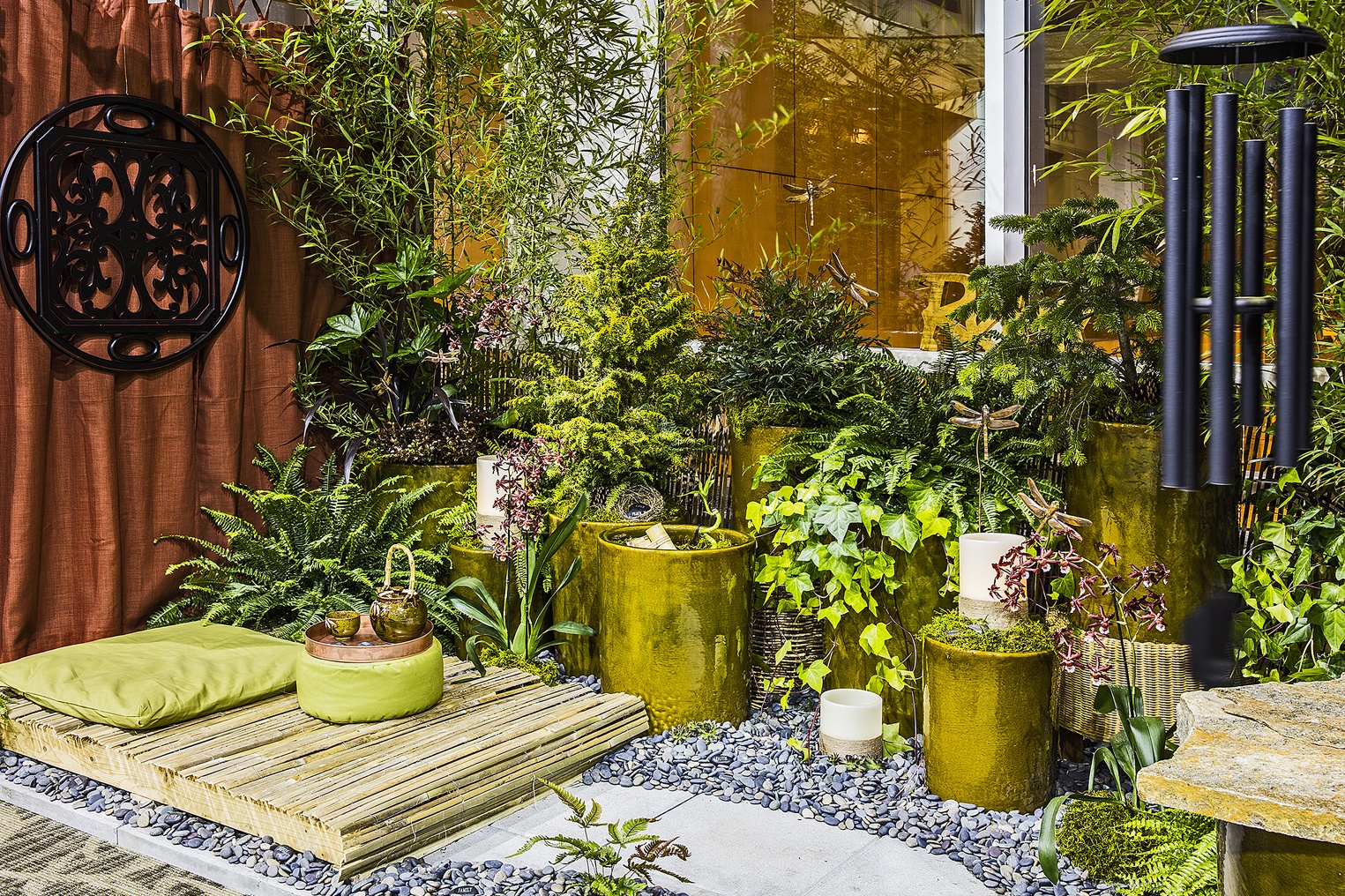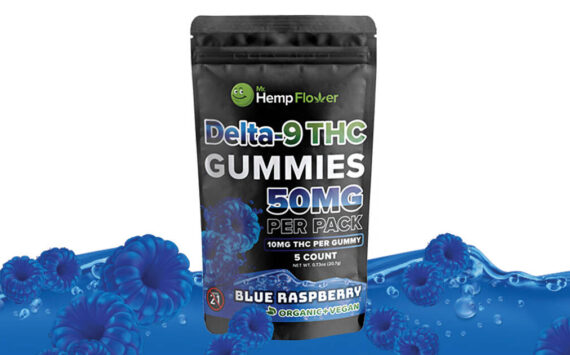It’s no secret that the Pacific Northwest is home to a thriving food culture. The big picture makes this clear: Washington’s $49 billion food and agriculture industry employs approximately 160,000 people and makes up 13 percent of the state’s economy. If you zoom in a little, you will see culinary leaders around Puget Sound drawing from fresh, local ingredients, cultivating a stronger connection between the regional food system and the food on their plates. So it’s fitting that this year’s Northwest Flower & Garden Show will bring special attention to edibles, with a focus on culinary trends, organic and urban gardening, and sustainability.
But if we zoom in even tighter to the mini window box for herbs, backyard vegetable garden, or “p-patch” plot in one of our area’s community gardens, we see that amateur gardeners are finding new ways to maximize productivity in small spaces to harvest their own meals from their own gardens. “When you grow your own food, you know exactly what the inputs are, which, in turn, gives you a better perspective about what’s happening to the planet in general,” explains Laura Matter, Program Manager for the Garden Hotline at Seattle Tilth.
Through her work with the local non-profit—whose mission is to build an ecologically sound, economically viable, and socially equitable food system—Matter is one of many horticulture experts who will participate in this year’s Flower & Garden Show. From February 22 to 26, a full roster of exhibitors and speakers will gather at the Washington State Convention Center to connect with gardeners of all skillsets and provide advice, educational resources, and hands-on demonstrations.
Attendees can get inspired by twenty large display gardens and more than 100 seminars on topics like soil health, pollinators, eco-gardening, homesteading and, of course, small space gardening. But to get you started, here are a few tips on planting your own garden, no matter the size of your space.
1. Mark Your Calendar Edible gardening experts insist that late winter to early spring is a great time to start planning for this year’s harvest—which also happens to be when the Northwest Flower & Garden Show is happening. Fancy that.
2. Track Your Food Preferences Before you plant anything, you need to choose what to grow. “Start with what you know you’ll want to eat, and, if you’re new to gardening, start with what’s successful and easy to grow,” Matter suggests. In Seattle, Matter recommends things like lettuce, kale, chard, mustard greens, and spinach.
3. Plan Your Container Containers come in all shapes and sizes. Depending how much space you have, pick containers with good drainage that are large enough to accommodate the roots of the vegetables you want to grow (for example, greens have shallow roots, while carrots, peas, and squash are deeper). For expert advice, check out the live action “Container Wars” competition at the Flower & Garden Show, where landscape designers and garden writers including Jennifer Bartley, Ciscoe Morris, and Jessi Bloom will have one hour to create three planted containers, explain the reasons for their plant selections, and field questions from the audience.
4. Know Your Space Become familiar with where the sun hits throughout the day. “When you’re growing food, the more sun the better,” says Matter. “Getting 6 to 8 hours [of sun] is ideal, but you can grow lots of greens if you have less than that.” Holly Shipper of Li’l Sprout Nursery in Mill Creek identifies one notable advantage to small container gardening: mobility. If plants are portable, you can move containers around to maximize sunlight exposure. “If [your container is] in a nice sunny area or it’s reflecting heat from a wall or a fence, tomatoes or peppers would be happy there,” says Shipper.
5. Tend the Soil Learn to build healthy soil. Fertilizers, cover crops, and tillage all work together to make gardening soil robust and productive—a key for growing healthy vegetables. At the Flower & Garden Show, check out the seminar entitled “Food For The Soil” with biologists Anne Biklé and David Montgomery to learn about the relationship between soil life, plant health and nutrition.”
6. Mix It Up Although limited space is a concern for urban gardeners, the benefits shine through. Shipper sums it up: “I love to be able to go out my front door and say ‘Hey, I grew this! And I’m getting it fresh off the vine! And boy, does it taste good!’”
The Northwest Flower & Garden Show will take place Wednesday through Saturday (Feb. 22-25), 9 a.m. to 8 p.m.; and Sunday (Feb. 26), 9 a.m. to 6 p.m. Early Bird tickets are available on the show’s website for $17 (adult); regularly $22 during the week of the show or at the door. Discounted tickets are also available for children, groups, and multi-day attendees. For more information, including new shuttle services, visit www.gardenshow.com.




